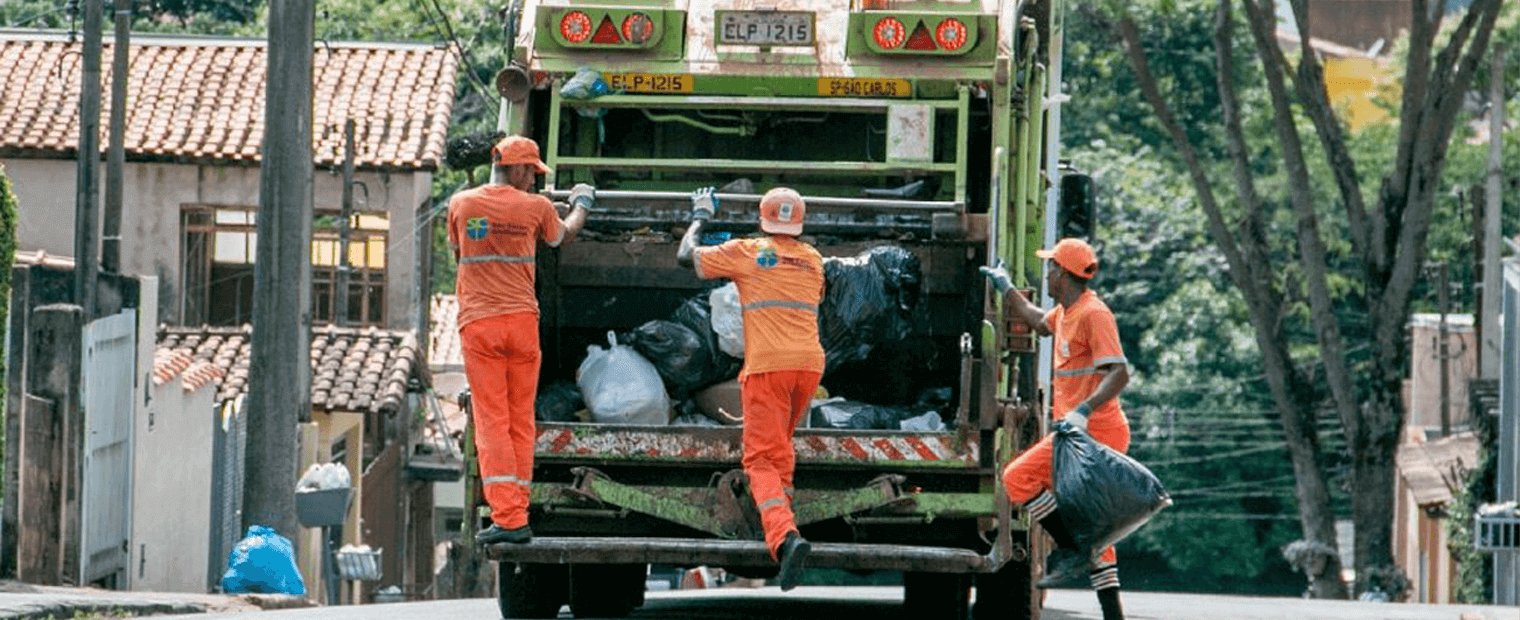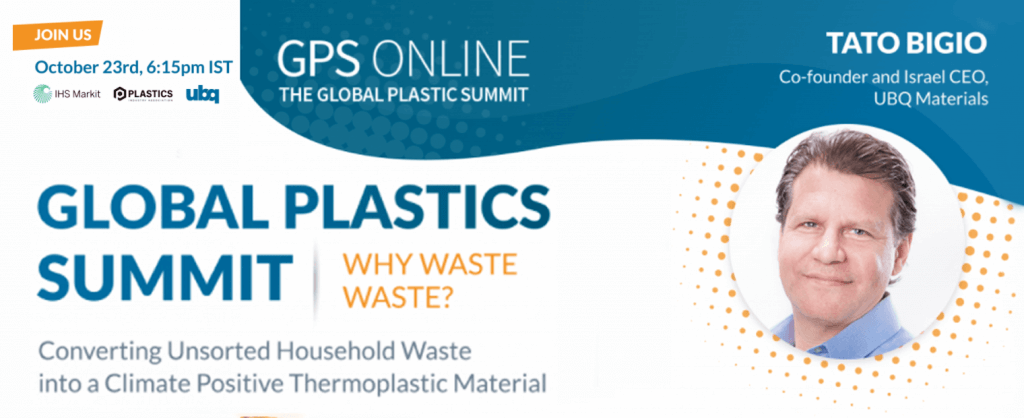A shift to a technology-based, data-driven model enables public works departments to achieve greater operational efficiency, deliver better customer service, and be a part of the zero waste movement. Together with manufacturers committed to zero waste, they can drive the world towards long-term sustainability goals.
What is Zero Waste Technology?
Let’s start with what zero waste is not: it isn’t a lifestyle choice and it’s not a government regulation.
The simplest definition of how to achieve zero waste is to design new, or redesign existing, systems so resources don’t have to be discarded. It embraces the idea of a circular economy, or “cradle to cradle” approach where materials are reused and/or repurposed over and again. Zero waste technologies differ from recycling technologies in that the goal of zero waste is to completely eliminate waste, not manage it, i.e., send nothing to a landfill.
The term “zero waste” was coined by chemist Dr. Paul Palmer back in the 1970s. Dr. Palmer knew then that the world’s approach to managing waste was not sustainable and was, in fact, harmful to people, the planet, and the economy.
Zero Waste Facts
While they define it in different ways, communities around the world are working towards zero waste. The Zero Waste International Alliance has defined its main goals:
- The conservation of all resources by means of responsible production (zero waste manufacturing).
- Sustainable consumption, reuse, and recovery of products, packaging, and materials without burning or discharge to land, water, or air which threatens human health and the environment.
What some people refer to as “precycling,” zero waste is not just about materials, particularly plastic. Our convenience economy means pretty much anything you want in developed communities can be had quickly and often cheaply. Unfortunately, all those immediate deliveries bring with them way too much trash in the form of packaging within packaging. And speaking of shipping, to deliver those goods it takes planes, trains, and trucks which all contribute to harmful CO2 emissions.
As calls for zero waste have increased, many individuals have tried to do their part by becoming more aware of the waste they create and the choices they make. The movement of individuals towards zero waste is honorable and a step in the right direction, particularly in the fight for climate change awareness. Yet the greatest amount of waste materials by far comes from the linear production-consumption-disposal systems in the manufacturing industries. A zero-waste approach still features an empowered citizen but involves new manufacturing processes and smarter designs where manufacturers are incentivized to design and produce for the environment, not the landfill.
Zero Waste Plastic
It’s no coincidence the focus on zero-waste coincides with climate change and other environmental concerns. Studies on plastic waste have uncovered nearly 13 million metric tons of ocean plastic. Hundreds of thousands of plastic fibers are released into the water supply through the simple act of doing laundry. The U.S.A.’s EPA (Environmental Protection Agency) estimates nearly a quarter of landfill waste comes from packaging and containers.
In response to these gloomy realities, zero waste startups have emerged, some of whom are exploring the possibilities of alternative plastic materials. New processes, technologies, and equipment are being developed and designed to produce materials that reduce or eliminate waste in efficient and cost-effective ways.
Towards a Zero Waste Reality
Building a sustainable product life cycle is at the heart of a zero-waste world. It acknowledges the impact traditional materials and methods are having on people and the environment and seeks innovative solutions by providing more sustainable alternatives. UBQ Material is a “smarter” plastic that uses everyday trash to create a climate-positive raw material, or thermoplastic, that can be used in place of conventional plastics.
UBQ is dedicated to helping brands reduce their global footprints and continues to lead by example, encouraging manufacturers down a more sustainable path through the creation of processes, technologies, and products that prove sustainability and profitability can co-exist.


